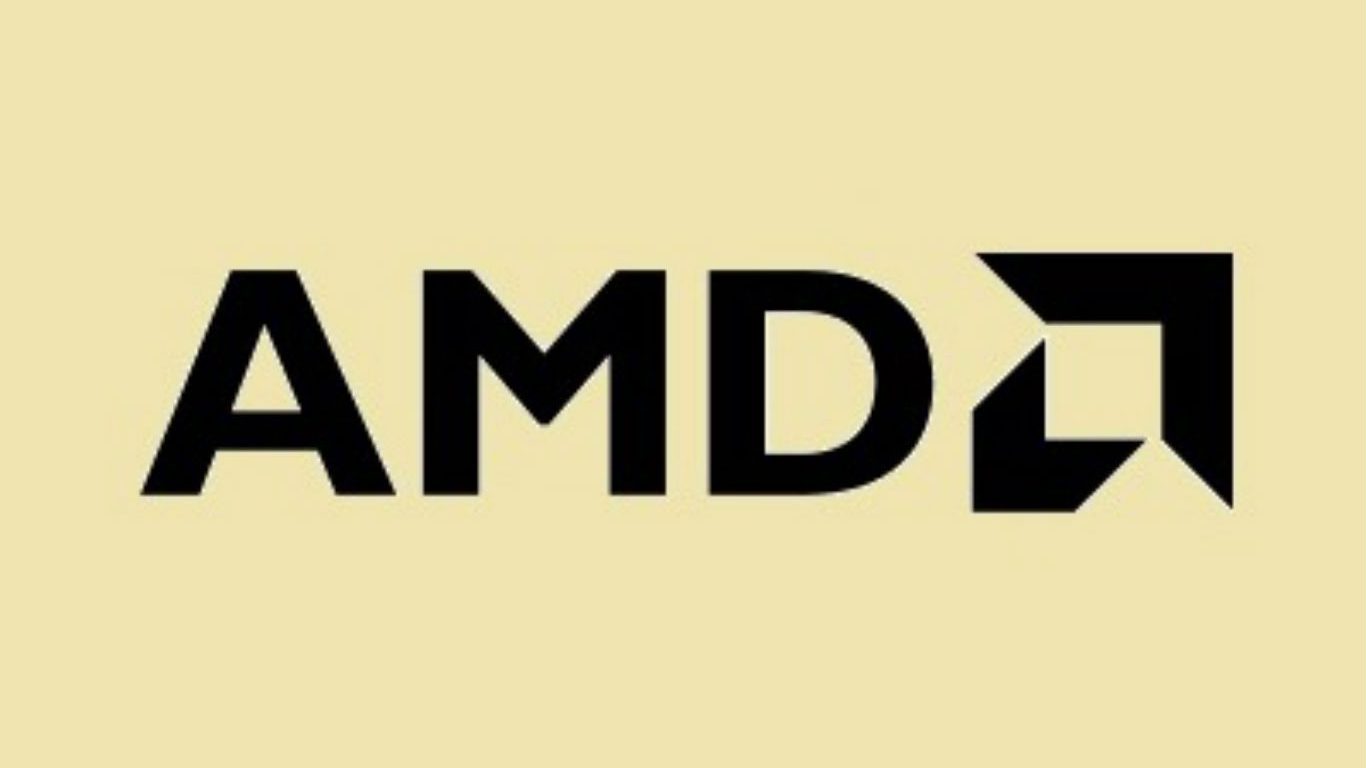
Santa Clara, California-based chip giant Advanced Micro Devices (NASDAQ: AMD) is closing in on its February highs before the coronavirus pandemic hit. Although the markets are on the path to recovery, AMD stock is completely outperforming, and this could be a cause for optimism.
After posting an all-time high of $59.27 in the middle of February, AMD shares followed the market down as the coronavirus spread around the world. The stock sank by about 38% in a month, but is back above where it started the year. For comparison, Intel Corp. (NASDAQ: INTC) stock is down over 2% year to date, while NVIDIA (NASDAQ: NVDA) stock is up more than 44%.
Fundamentally Sound
AMD reported its most recent quarterly results late in April, and although investors had a somewhat negative reaction, analysts were more positive. The first quarter results were mixed, but all things considered, not so bad.
For the quarter, AMD said that it had $0.14 in earnings per share (EPS) and $1.79 billion in revenue. Analysts were expecting $0.18 in EPS and $1.78 billion in revenue.
Revenue increased 40% year over year, primarily driven by higher Computing and Graphics segment revenue. However, revenue was down 16% on a quarter-over-quarter basis.
Computing and Graphics segment revenue was $1.44 billion, up 73% year over year and down 13% quarter over quarter. The year-over-year increase was driven by strong Ryzen processor and Radeon product channel sales.
Analysts Thoughts
Following the results, analysts had somewhat mixed reactions. Credit Suisse reiterated a Neutral rating with a $33 price target. The brokerage firm noted in its report that AMD gained PC unit share for the 10th consecutive quarter.
Also Graphics enjoyed double-digit unit and revenue growth year over year through sales of Radeon RX desktop/Notebook GPUs. EESC (Enterprise, Embedded, and Semi-Custom) revenues totaled $348 million, or 19.5% of total revenues. EESC revenue was down 25.2% quarter over quarter, and down 21% year over year, and missed Wall Street estimates albeit completely driven by a sharp decline in Semi-Custom. Server revenue was more in line with expectations.
Separately, Wedbush reiterated an Outperform rating and raised its price target to $60 from $57. The firm noted that the numbers were largely as expected as strength in notebook CPUs offset a weaker contribution from channel sales.
Wedbush detailed one of the highlights from AMD’s report: “AMD’s ability to still provide annual guidance (albeit with lighter growth at the low end of the range) fits with our view prior to COVID that AMD’s outlook for client CPUs and GPUs appeared very conservative.”
Semiconductors Taking the Lead
While the Dow Jones industrial average and S&P 500 are on their way to recovery–especially with more advances in a potential COVID-19 vaccine–the tech sector has largely led this move. And the semiconductor industry is at the tip of the spear.
Many consider semiconductors to be a leading indicator for the market as a whole. The reason is that as technology continues to improve, more industries see improvements and business gets better overall. Semiconductors have applications across practically all industries, and a rising tide lifts all ships.
The VanEck Vectors Semiconductor ETF (NYSEARCA: SMH) is the exchange traded fund that most investors and firms use to track the semiconductor industry. Again like the broad markets, this ETF has not fully recovered, still down about 7% year to date. However, this is outpacing the S&P 500 and DJIA, which are down 11% and 17% year to date, respectively.
It is worth pointing out here that AMD, Intel, and NVIDIA are some of the largest holdings in the SMH ETF. As the SMH continues to improve, it gives more hope that the markets in general will see a recovery to follow–and AMD is leading the charge.
Thank you for reading! Have some feedback for us?
Contact the 24/7 Wall St. editorial team.
 24/7 Wall St.
24/7 Wall St.


